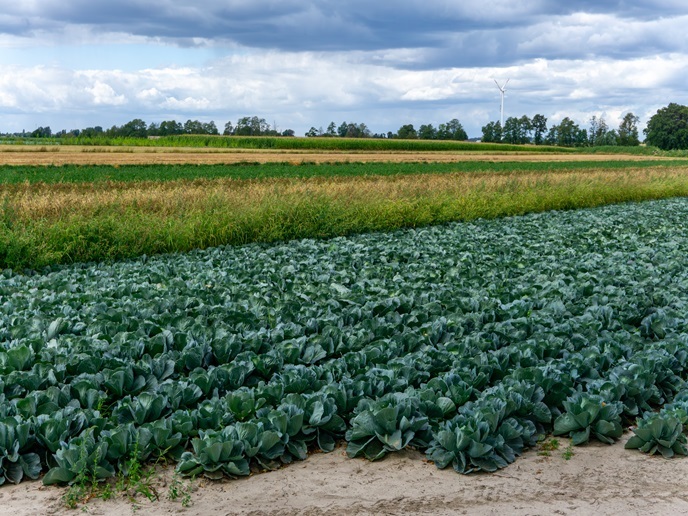New treatment for better recycling of animal manure
Intensified farming can improve food security for Europe and the world, yet there is a problematic by-product: manure. If not processed correctly, manure has significant environment impacts. Ammonia emissions from livestock production lead to multiple environmental detriments, such as eutrophication, soil acidification and fine particulate matter formation. Yet less than 8 % of livestock manure in Europe is treated to reduce emissions, according to the Treat2ReUse (Treatment of Animal Waste to Reduce Gaseous Emissions and Promote Nutrient Reuse) project. Raw or treated manure could also be used as an energy source, for example in biogas energy plants, reducing dependence on fossil fuels. Chemical treatments for this exist, yet carry some disadvantages: organic farmers cannot use industrial acids required, and the acid-treated manure cannot be used in large quantities in biogas energy plants. In the EU-funded Treat2ReUse project, undertaken with the support of the Marie Skłodowska-Curie Actions programme(opens in new window), researchers created a biological alternative. “The main objective of the project was to find a biological treatment method for animal manure to reduce the potentially large amounts of ammonia and greenhouse gas emissions,” says Lars Stoumann Jensen(opens in new window), professor in the Department of Plant and Environmental Sciences at the University of Copenhagen(opens in new window) in Denmark and Treat2ReUse project coordinator.
Finding an ecological solution
Jensen and his team developed and tested a new biological acidification practice, which involves fermentation to produce bioacidification by microbes already present in the manure. “The bioacidification treatment could potentially substitute the need for high-tech, high-safety sulfuric acid storage and handling,” explains Iria Regueiro(opens in new window), a post-doctoral researcher working on the Treat2ReUse project. This fermentation is augmented by adding easily degradable sources of carbon, which the bacteria feed on to produce lactic acid. In real-world settings, this carbon could come from common farm residues, such as straw, sugar beet tops and molasses. “When manure pH is low, the ammonia is kept in the manure in soluble form and not lost to the atmosphere,” adds Regueiro. “Furthermore, the manure fertiliser value increases, as more ammonium, an essential plant nutrient, is kept in the manure instead of being lost as ammonia, representing a co-benefit of the treatment.”
Proving the fermentation process
After identifying optimal conditions for the treatment, the team studied how the bioacidification reduced ammonia and greenhouse gas emissions during storage. Finally, they investigated how plant nutrient uptake is affected when the bioacidified manure was applied as a fertiliser. “The most important result is that bioacidification of manures by fermentation works very effectively, when either sugar or a residue from plant protein biorefining is added,” notes Regueiro. The results showed that pH can be reduced to below 5, significantly inhibiting ammonia and methane emissions. The team would like to follow up by running a biological treatment on an experimental farm, and to test different residues for their potential in creating biogas and fertilisers. “I am proud of being able to work on the development of an alternative manure treatment technology, which could be beneficial for both farmers and the environment,” Regueiro says. “And that my research proved it actually works!”







